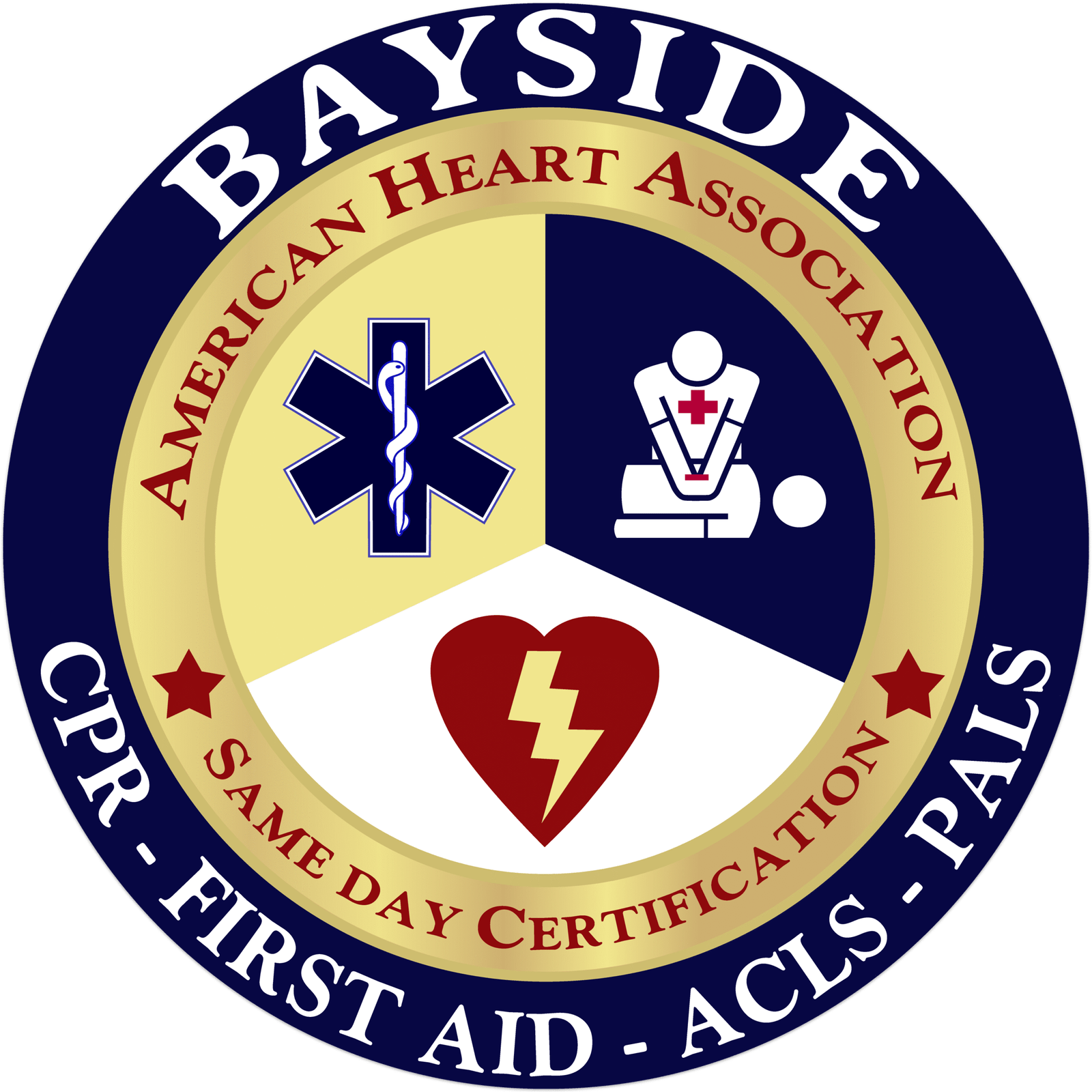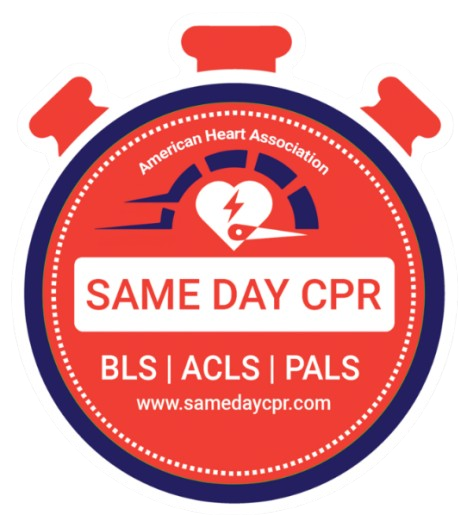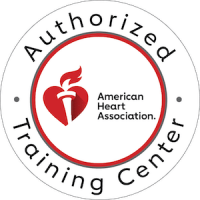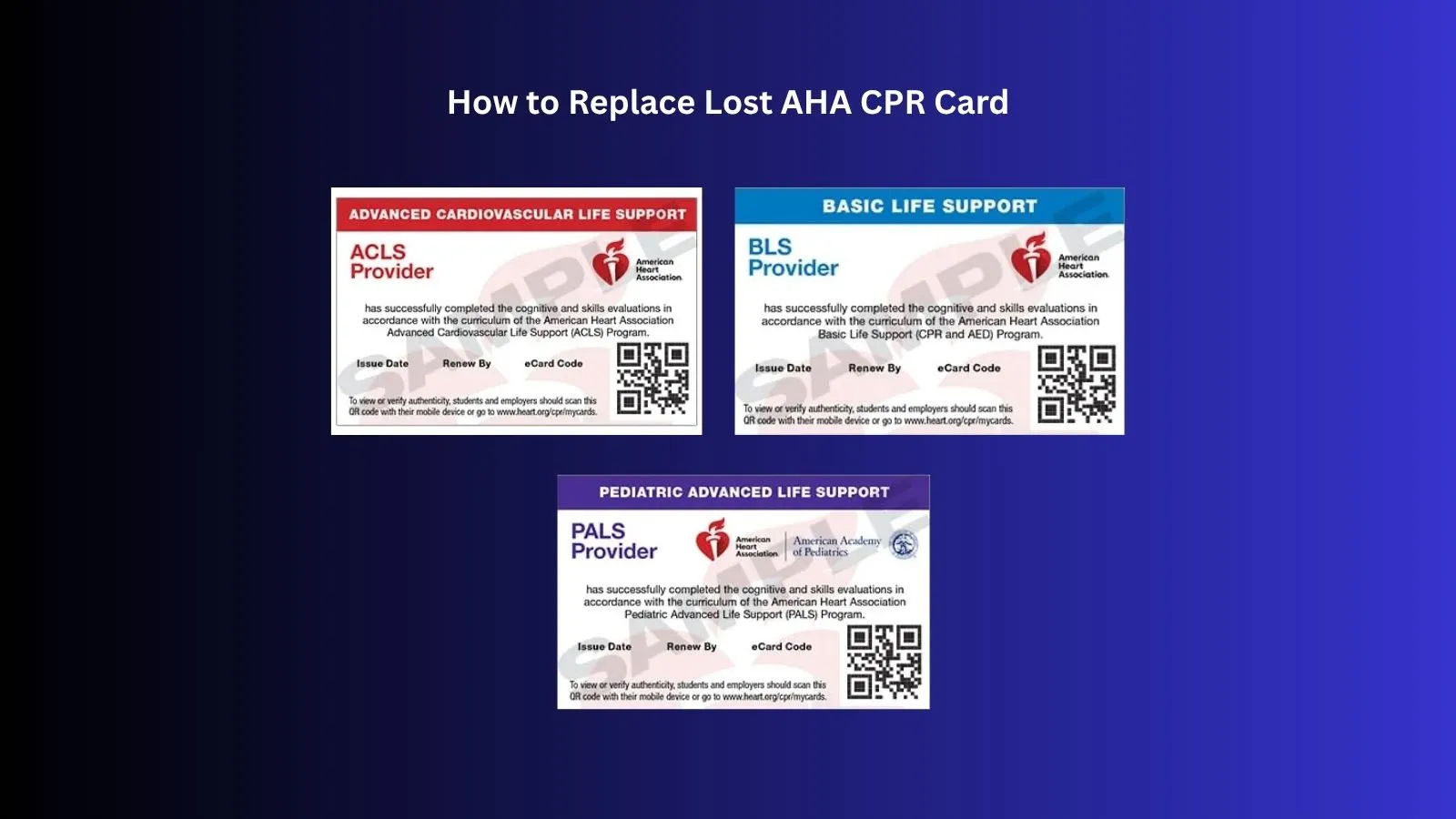
Category Archives: CPR

How to Replace Lost American Heart Association (AHA) CPR Card
Losing your AHA CPR certification card can feel frustrating, especially if your employer requires proof of your credentials or you need it for your work. The good news: you can replace your lost card, and the process is fairly straightforward if you ...
Read More ›
Why AHA Guideline Updates Matter in Everyday CPR: 2025 Edition
CPR (cardiopulmonary resuscitation) can make the difference between life and death in an emergency, and knowing how to do it correctly is more important than ever. The American Heart Association, or AHA, sets the standard for how CPR should be perfor...
Read More ›
CPR in the Operating Theatre: Guidelines & Tips
Cardiac arrest in the operating theatre is a rare but critical event that demands quick thinking and seamless teamwork. Unlike other hospital areas, patients in surgery are already under close observation, connected to monitors, and often under anest...
Read More ›
Adult Chain of Survival
The Adult Chain of Survival is a series of steps that help guide rescuers, healthcare providers, and bystanders in giving the best possible care until the person’s heart and breathing are restored. These steps are designed to work together, forming...
Read More ›
How Technology Is Revolutionizing CPR Training and Education
CPR (cardiopulmonary resuscitation) can mean the difference between life and death, and knowing how to do it correctly is more important than ever. For years, people learned CPR through in-person classes, mannequins, and printed guides. While these m...
Read More ›
Can You Use an AED on a Pregnant Woman?
When a person suddenly collapses and stops breathing, it’s a medical emergency called cardiac arrest. In such cases, using an AED (Automated External Defibrillator) can help restart the heart. But what happens if the person in cardiac arrest is pre...
Read More ›Christmas &
New Year Offer
Select CPR courses with code Holiday25
*Expires on January 2nd


